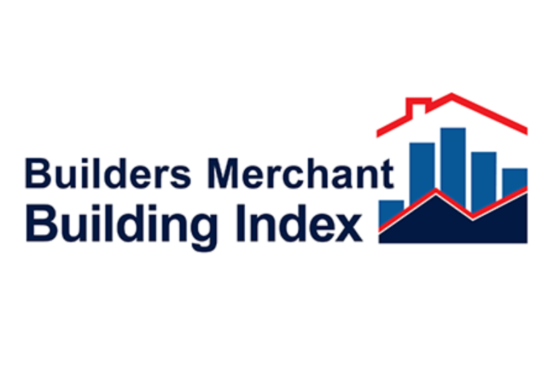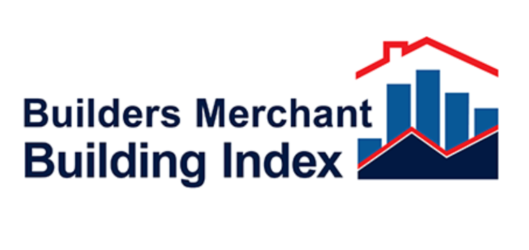
In the Builders Merchant Building Index (BMBI), the total builders’ merchants value sales in April 2025 rose by 3% compared with the same month in 2024. This growth was supported by a 3.4% increase in volume sales, although average prices were down slightly by 0.3%. On a month-by-month basis, sales also saw a modest uplift, with April 2025 value sales up 0.9% compared with March 2025.
Looking at a broader timeframe, value sales over the three months from February to April 2025 increased by 2.6% compared with the same period in the previous year. However, in the longer-term view, the 12-month period from May 2024 to April 2025 saw a decline in value sales, down 2.3% year on year.
However, both the Ironmongery and Tools categories were underperforming compared to the total builders’ merchants value sales (3%). The year-on-year value sales of the Ironmongery category in April 2025 were up by only 0.3%, while the Tools category dropped by 1.7%.
In the three-month period between February and April, value sales of the Ironmongery and Tools categories increased by only 1.9% and 1.5% respectively, lower than the Total value sales of 2.6%.
Torque Magazine talked to Ian Doherty, Non-Executive Director at Hexstone and Owlett-Jaton brand, and Callum Budd, Research Director at MRA Research.
Doherty: The Builder’s Merchant channel in the UK has experienced a challenging couple of years, with sales declining in 2023 and 2024. This reflects sluggish levels of new housebuilding and a depressed market in repairs, maintenance and improvement (RM&I). Demand in the fastener and fixings sector has followed general trends across merchants, with volume sales down.
Fastener and fixings cost prices peaked in 2021/22 in the post-COVID demand boom, with manufacturing and shipping costs spiking. Since then, the fastener and fixings market has seen marked price deflation reflecting both lower product production costs and, despite the additional costs incurred by the effective closure of the Suez route, lower shipping costs. These lower costs have been passed on to merchants who, in turn, have reduced their prices, driving sales value further down.
Looking forward, the government’s commitment to build 1.5 million new homes by 2029 continues to make headline news, but the reality on the ground is that a step change in the rate of new build construction has yet to be seen. Some progress appears to be being made, and, according to Glenigan, new building starts are expected to increase by 24% between 2025 and 2027. As impressive and welcome as that growth would be, it is far short of the levels needed to reach the 1.5 million new homes target. However, it is expected that any increase in activity would be reflected in fastener and fixings sales.
The supply chain of the fastener and fixings sector is heavily driven by Far East sourcing. As a result, it can be slow to respond to sudden and dramatic upturns in demand. However, the sector generally carries many months of stock, and it is anticipated that suppliers can accommodate the expected upturn. A return to Far East shipping using the Suez Canal rather than the Cape of Good Hope route would further improve resilience in the event of a surge in demand.
Hopefully, a corner has been turned for the market and fastener and fixings suppliers can look forward to a period of growth after a couple of difficult years.
Budd: Taking into account members of the Builders Merchant Federation (BMF) and the National Merchant Buying Society (NMBS), and excluding any double counting, around 1,300 builders’ merchants generated annual sales of £26.7 billion to builders and trades. The BMF’s 535 merchant members operated from just under 6,500 branches across the UK and Ireland. It is estimated that more than 85% of the built environment we see around us has, at some stage, passed through the hands of builders’ merchants.
The Builders Merchants Building Index (BMBI), a brand of the Builders Merchants Federation, reports merchants’ sales using data from NiQ GfK’s Generalist Merchant Panel. BMBI is considered an authoritative measure of activity and the best proxy there is for residential RM&I (Repair, Maintenance and Improvement), the second largest construction sector. RM&I statistics from the Office for National Statistics (ONS) are based on relatively small sample surveys grossed up to estimate the market, while BMBI records actual sales from generalist builders’ merchants to builders and trades.
With an audited 88% coverage of merchants with more than three outlets or a turnover exceeding £3m per annum, BMBI is effectively the market rather than a sample of it. That’s why the Department for Business & Trade includes it in its Monthly Construction Update alongside the ONS, CPA, Experian and Bank of England.
